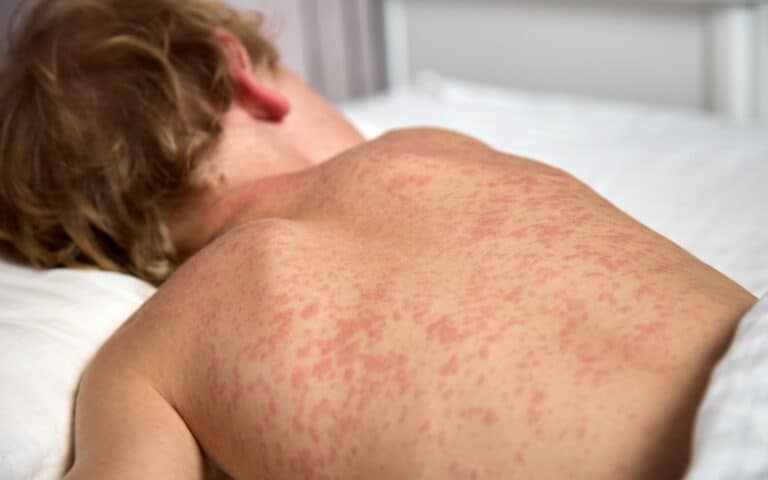How to Best Prepare for Spring Allergy Season: 10 Smart Steps to Breathe Easier
Spring is beautiful—but if you suffer from seasonal allergies, it can feel more like a curse than a blessing. With pollen flying, eyes itching, and sinuses clogging, the arrival of warm weather might have you bracing for discomfort. Luckily, there are proven ways to prepare before the sniffles start. From air purifiers to neti pots, here’s how to get ahead of spring allergy season.
1. Start Your Medications Early

Don’t wait until your allergies flare up—begin your regimen before pollen levels spike. Experts, including those at the American College of Allergy, Asthma & Immunology, recommend starting antihistamines or nasal corticosteroids about two weeks before your typical symptoms begin. This gives your body time to build up a defense.
Tip: Talk to your doctor or allergist about which medications are best for your symptoms. Over-the-counter options like cetirizine or fluticasone may be enough, but others may need a prescription plan.
2. Use an Air Purifier with a HEPA Filter

Indoor air isn’t as safe as you think. Pollen and other allergens can easily float inside on clothing or pets and circulate through your home. A HEPA-filter air purifier traps allergens like pollen, mold spores, and dust mites.
The Environmental Protection Agency (EPA) confirms that HEPA filters remove 99.97% of particles down to 0.3 microns in size—perfect for capturing the allergens that trigger springtime misery.
3. Rinse Sinuses with a Neti Pot or Saline Spray

Nasal irrigation is one of the fastest ways to get relief—and it’s drug-free. Using a neti pot or saline spray flushes out pollen and mucus from your nasal passages, helping reduce inflammation and congestion.
According to the Cleveland Clinic, it’s important to use sterile, distilled, or previously boiled water—never tap water. You can also buy premixed saline packets to make it easier.
4. Check the Pollen Forecast Daily

Knowing when pollen is high in your area helps you plan your outdoor activities better. The National Allergy Bureau, Pollen.com and weather apps like The Weather Channel or AccuWeather offer daily pollen counts, sometimes broken down by tree, grass, and weed types.
If levels are high, consider rescheduling yard work or walks until later in the day when pollen tends to settle.
5. Shower and Change Clothes After Being Outside

After a walk, hike, or even just time on the patio, pollen clings to your hair, skin, and clothing. It can then transfer to your couch, pillow, or sheets.
The Asthma and Allergy Foundation of America (AAFA) recommends changing clothes and showering after time outside. Rinse off pollen to avoid bringing it to bed with you.
6. Wash Bedding Frequently in Hot Water

Dust mites, pollen, and pet dander can all end up in your bedding—where you spend one-third of your life. Wash sheets, pillowcases, and blankets in hot water (130°F or higher) once a week to kill allergens.
If you have severe allergies, consider hypoallergenic mattress and pillow covers as well.
7. Close Windows—Even When It’s Nice Out

We know how tempting it is to let the spring air in, but open windows invite pollen to settle throughout your home. Use air conditioning with a clean filter instead. If you’re sensitive, consider upgrading to MERV 13-rated filters in your HVAC system.
The CDC says that proper ventilation with filtered air can help reduce indoor allergens significantly.
8. Keep Pets Clean—They Carry Pollen Too

Even if you’re not allergic to your pets, you might be allergic to what they bring inside. Dogs and cats can track pollen on their fur and paws. Wipe them down after outdoor time, and bathe them more frequently during allergy season.
Bonus: Regular brushing outdoors also keeps dander and fur from accumulating in your home.
9. Consider Allergen Immunotherapy

If over-the-counter meds and lifestyle changes aren’t cutting it, talk to your allergist about allergy shots (subcutaneous immunotherapy) or under-the-tongue tablets (sublingual immunotherapy). These treatments help your immune system build tolerance to allergens over time.
According to the Mayo Clinic, they can reduce symptoms significantly and may even prevent new allergies from developing.
10. Clean Strategically and Often

Spring cleaning isn’t just about appearances—it’s also a powerful allergy defense. Dust with a damp cloth (not dry, which stirs particles), vacuum with a HEPA-filter vacuum, and don’t forget to clean forgotten spots like ceiling fans, baseboards, and window sills, where allergens love to hide.
Be extra careful with soft furnishings like curtains and rugs, which trap dust and pollen. Wash or shake them out regularly, or switch to blinds and washable floor coverings if your allergies are severe.
Bottom Line

You don’t have to suffer through spring. By taking these proactive steps, you can reduce exposure, manage symptoms, and actually enjoy the season. Whether it’s installing an air purifier, rinsing your sinuses, or simply planning around pollen forecasts, your body will thank you—and your nose might even stop running.
Want to breathe easier this spring? A little prep goes a long way.
Why Poison Ivy Is More Dangerous Than You Think—Even If You Were Once Immune

If you’ve ever spent time outdoors in North America, there’s a good chance you’ve been warned about poison ivy—and for good reason. This seemingly harmless green plant can cause a nasty, itchy rash in most people who touch it. But did you know that you can develop a sensitivity to it later in life, even if you were once immune? Or that poison ivy’s irritating compound can be inhaled and cause serious harm? Here’s what you need to know about poison ivy, how to avoid it, what to do if exposed—and why you should also be on the lookout for some of its rash-inducing relatives.
READ: Why Poison Ivy Is More Dangerous Than You Think—Even If You Were Once Immune
Join Us

Join us on this empowering journey as we explore, celebrate, and elevate “her story.” The Queen Zone is not just a platform; it’s a community where women from all walks of life can come together, share their experiences, and inspire one another. Welcome to a space where the female experience takes center stage. Sign up for our newsletter so you don’t miss a thing, Queen!






